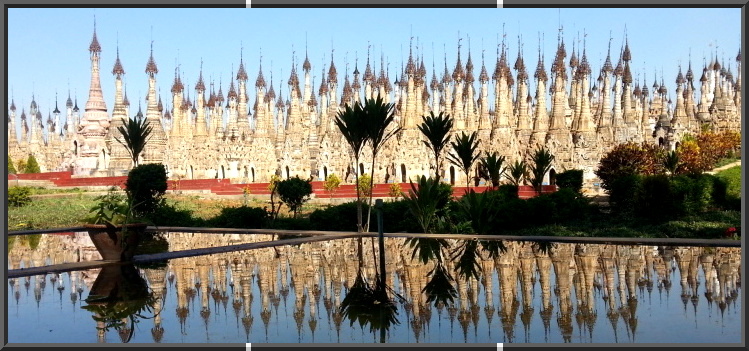 |
 |  |  |  |  |  |  |  |  | | |
Official name
Republic of the Union of Myanmar
Official language
Burmese
Capital
Naypyidaw (925,000 / 2009)
Government
Unitary presidential constitutional republic
President
Thein Sein
Independence
4 January 1948
(from United Kingdom)
Entry in the UN
19 April 1948
Total area
676,578 km2
Population
61,120,000 (24th)
Density
73.9/km2 (119th)
Time zone
UTC+06:30
Currency
Kyat
Religion
Buddhist 89%, Christians 4%(Baptists 3%, Catholics 1%), Muslims 4%, Animists 1%, others 2% (mostly Hindus)
Electricity
220V/50Hz
Electrical outlet
American/European type plug
Calling code
+95
Internet TLD
.mm

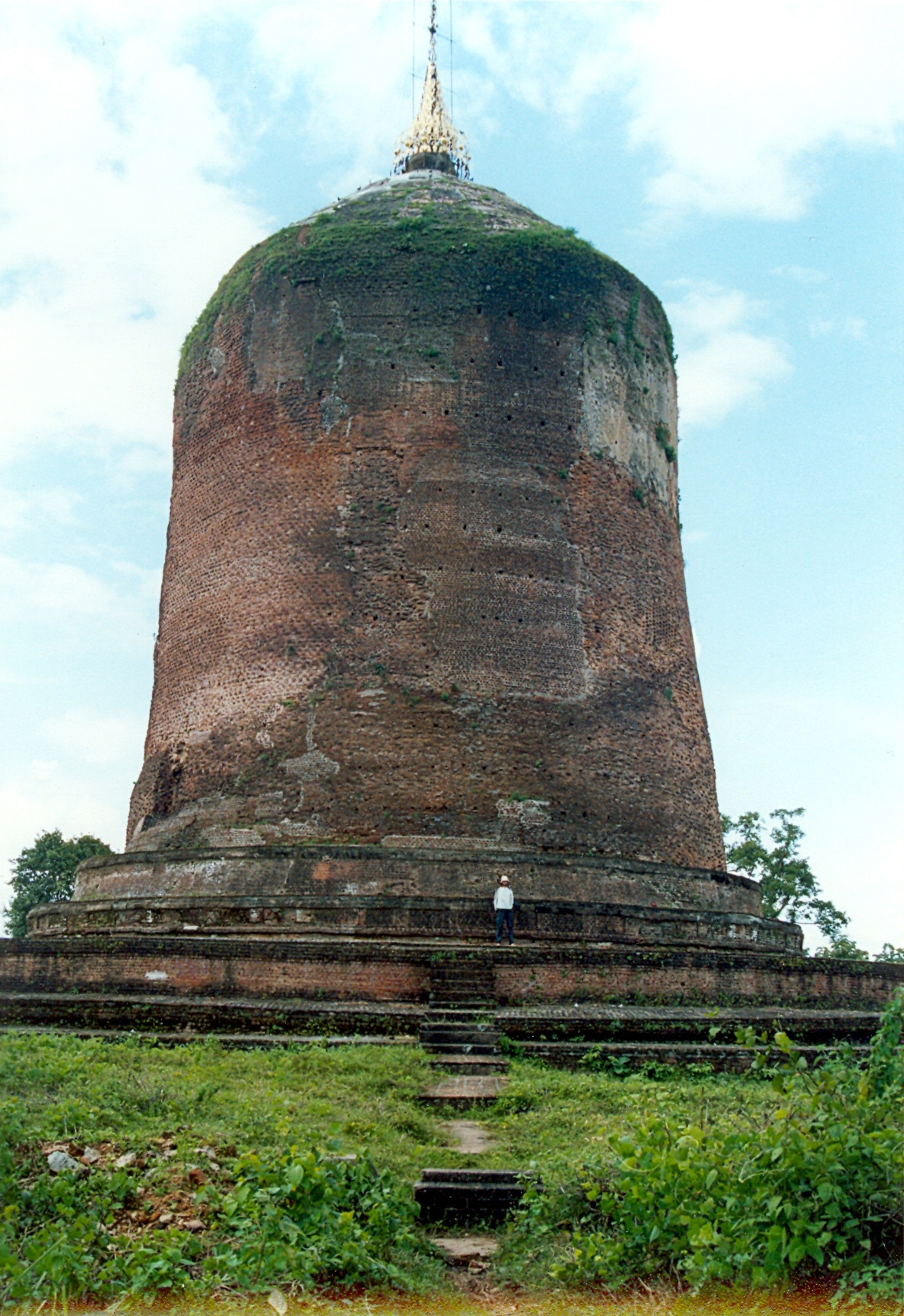 
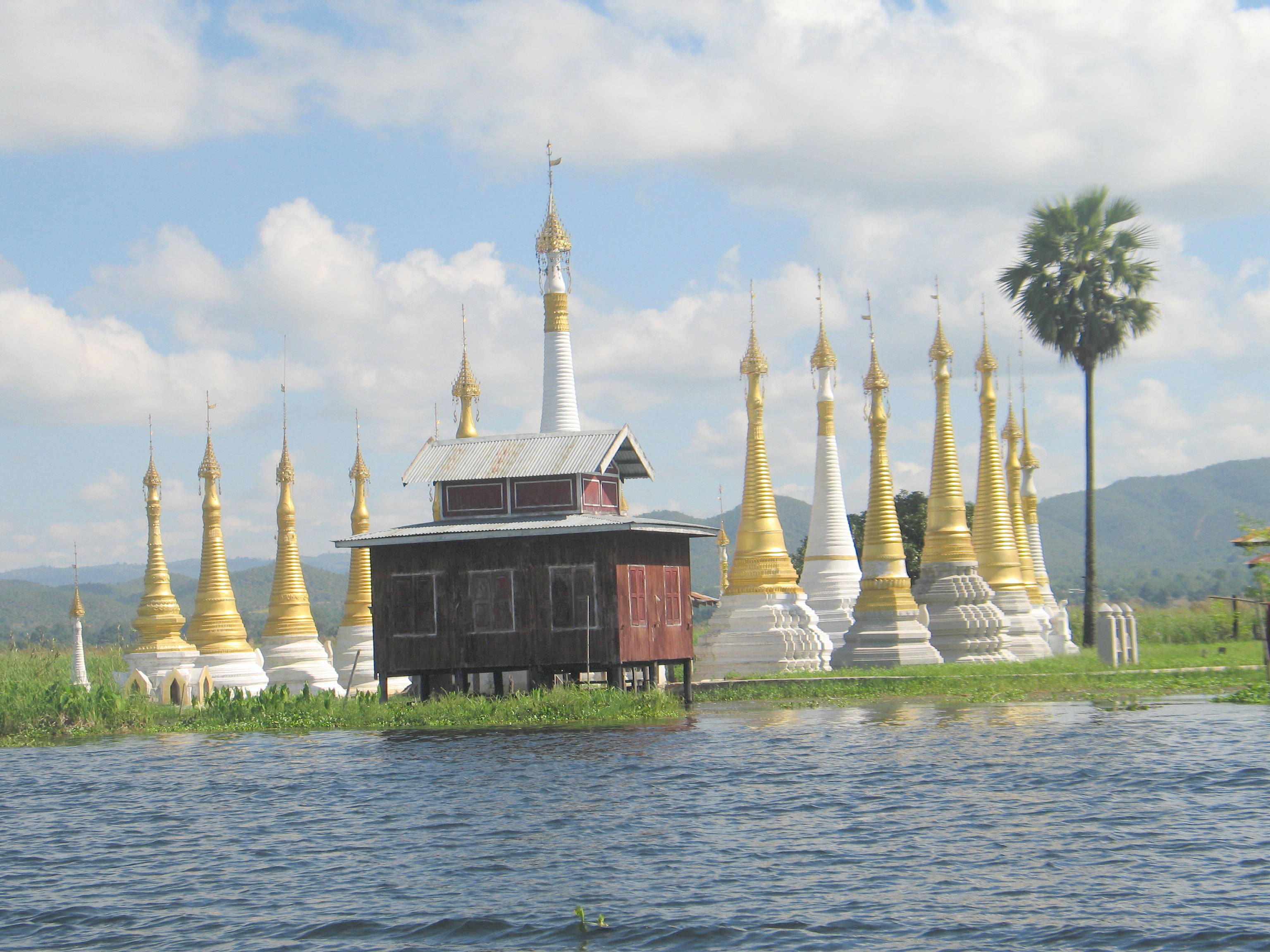
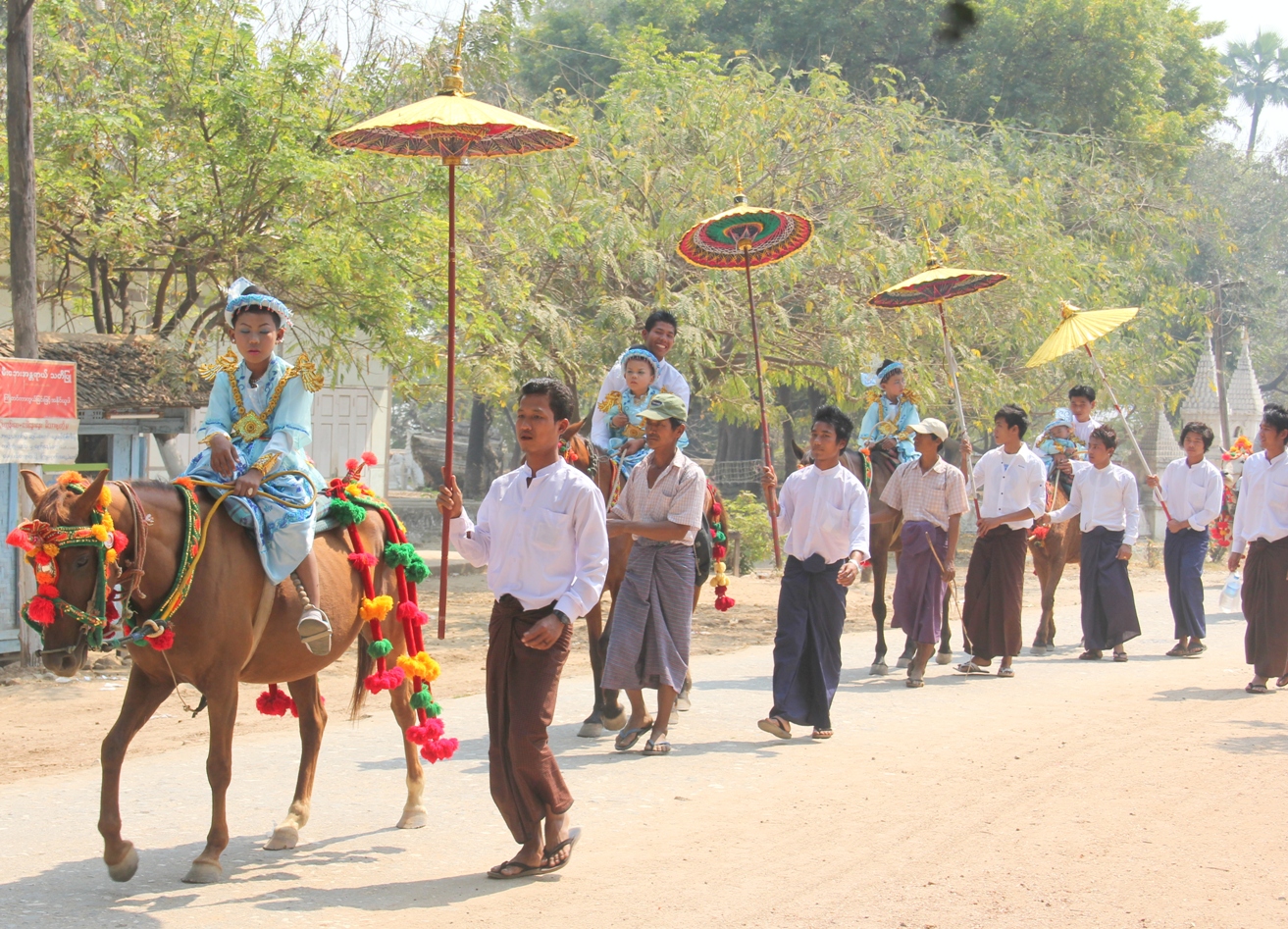
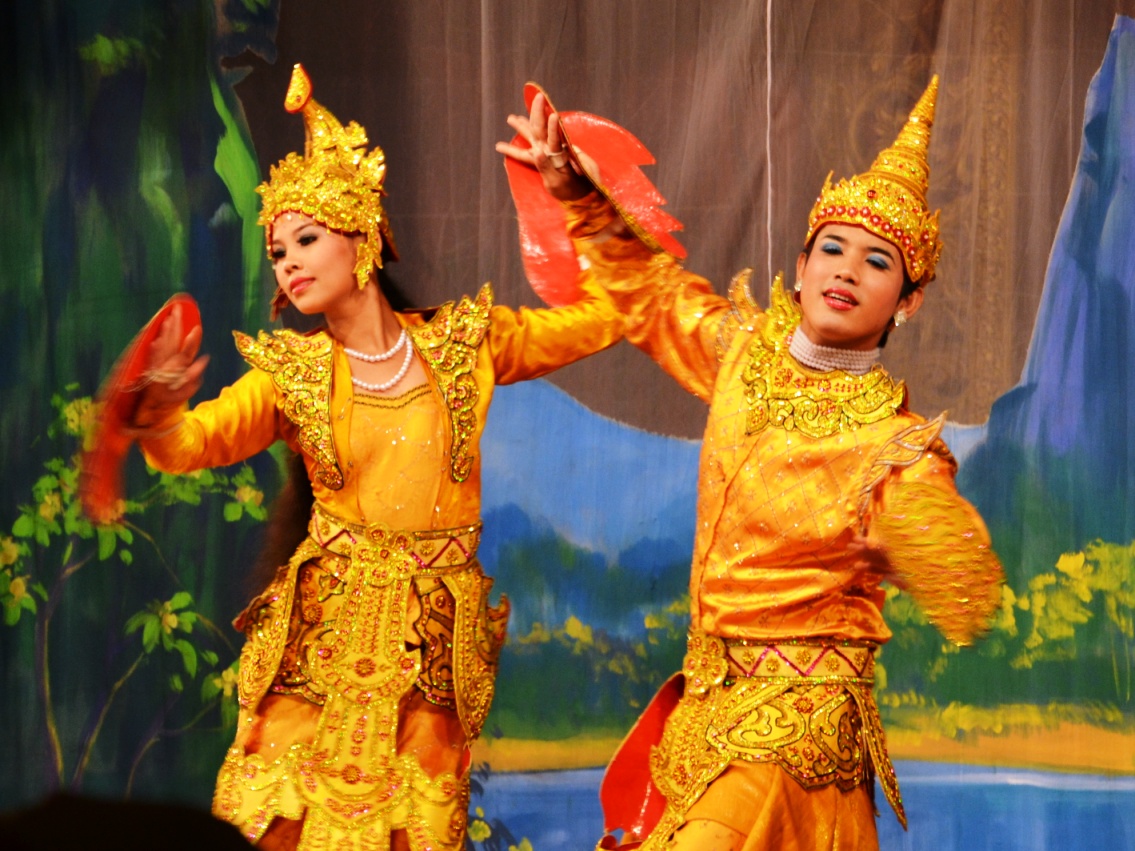
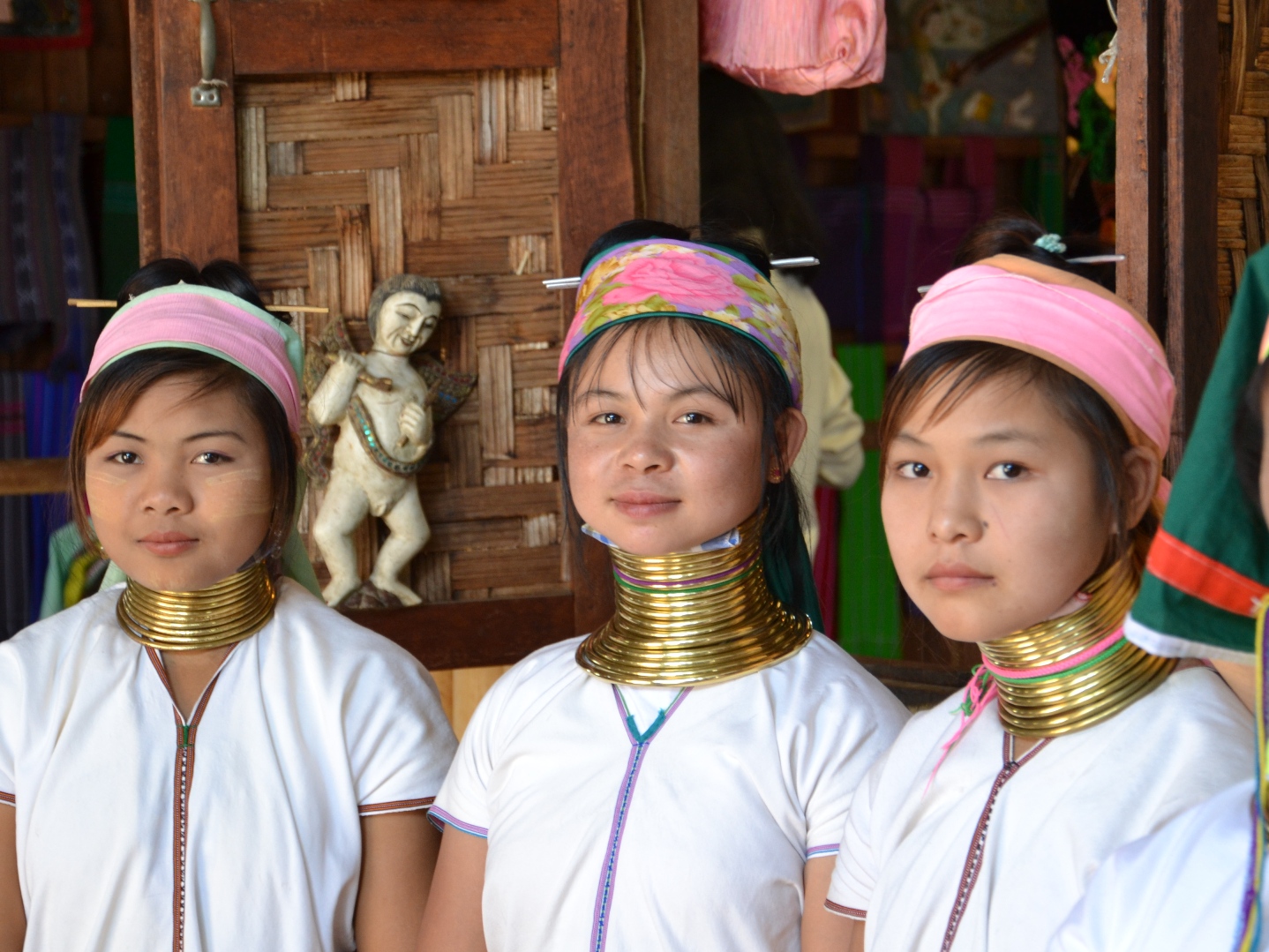
| |
|
|
 |
|
 | | 
 |
|
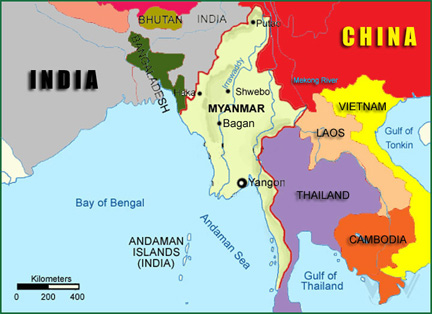
Myanmar is located along the eastern coast of the Bay of Bengal and
the Andaman Sea. It covers an area of nearly 677,000 sq. km. (261,228 sq. miles) and is the largest country of the Southeast Asia region. It is situated between 9° 30’ and 28° 30’ North
latitude, and 92° 10’ and 101° 10’ East longitude; it borders with Bangladesh,
India, China, Laos, Thailand. The name Burma (official name from 1948 to 1989) originates from the majority Bamar ethnicity. Only in 1989 the new name Myanmar
was imposed by the military junta
replacing the previous one, as it was
for Rangoon, now became Yangon. Since October 21, 2010 the
country has been officially renamed “Republic of the Union of Myanmar”.
On March 27, 2006 the military junta moved the capital from
Yangon to Pyinmana, officially
renamed Naypyidaw, that means “home of the kings”.
The Republic
adopted a new national flag on October 21, 2010, to replace that of the
socialist republic in use since 1974. The new flag was introduced along with
the changes to the country's official name and anthem, as well as a new
Constitution that preceded the general elections held in November 2010.

The flag
has three horizontal stripes of yellow, green and
red, with a white five-pointed star in
the middle. The three colors aim
to symbolize respectively solidarity, peace and
tranquility, courage and determination.
CLIMATE
In Myanmar, the year is divided into 3 seasons:
- Cold season:
from October to February (average temperature of 20-24°C)
- Hot season:
from March to May (average temperature of 30-35°C)
- Rainy season: from June to September (average
temperature of 25-30°C)
Myanmar can
still be visited throughout the
year, regardless of season. During the wet season, while rainfalls in Yangon are frequent, in Bagan
and Mandalay they are very low. The climate around Inle Lake and in the Southern Shan State is pleasant all
year round, but nights from December to February are very cold.
RELIGION
Buddhism Theravada is the dominant religion. There are other minority
religions including Christianity, Islam and Hinduism.
CULTURE
Myanmar is situated between two countries that are cradles
of thousands years old civilizations, full of history and charm such as India
and China. So the culture has mostly suffered heavy Indian influences, mixed
with local traditions and Chinese influences. Despite this, the country has
developed its own identity and culture, which today make it unique and
unmistakable.
PEOPLE
The
population of Myanmar is the result of the combination of three major
migrations: Tibeto-Burman, Sino-Thais and Mon-Khmer. Myanmar is also home to
many ethnic minority gropus with their own distinct cultures, living together
since ancient times. Generically, administrative divisions within the country
are mostly inhabited by the Bamar ethnicity, while states are dominated by the respective ethnic minorities.
According to the last census of 2010, Myanmar has a population of approximately
60 million, more than 69% of whom are Burmese, the rest is divided among
Kachin, Kayah, Chin, Mon, Rakhine and Shan. The Burmese are usually incredibly friendly and polite, and
do their best to make guests feel welcome in their country. A BIT OF HISTORY
The first human settlements in the region date back around 13,000 years ago. However, the first civilized people to have inhabited the banks of the Irrawaddy River was that of the Mon, probably in 3000 BC. In the first century BC this area was occupied by the Pyu, a population trading with China and India, whose domination lasted until the middle of the ninth century. The Burmese, or Bamar, began migrating from Tibet to the Irrawaddy valley in the ninth century. In the year 849 they established a powerful kingdom with Bagan as capital, commonly called the First Burmese Empire. In the late thirteenth century the Mongols invaded the kingdom, but in 1364 the Burmese re-established it at Ava, who was in turn sacked by the Shan in 1527.
Meanwhile, the Mon reestablished in Pegu (Bago), which became an important commercial and religious center.
Many Burmese fled from Ava and migrated to Toungoo, where in 1531 they founded the Toungoo kingdom under the command of King Tabinshwehti, who reunified Burma creating the second Burmese Empire. The internal rebellion by the Mon, aided by French, led to the collapse of kingdom in 1752.
A new dynasty, the Konbaung's one, soon recovered control of the country. The head of the small village of Konbaung, Alaungpaya, reunified the country in 1759 thus forming the third Burmese Empire. Under this reign Burma also came to occupy Siam, but the Qing Dynasty in China, frightened by the Burmese expansion tried to invade it four times from 1766 to 1769, although without success. The effort sustained to repel the Chinese invasions led to the loss of Siam's control. After the Anglo-Burmese wars in nineteenth century, the defeated Burma became a province of British India with capital Rangoon.
In the decades preceding World War II, especially among university students arose and developed an independence movement that, once the war started, allied itself with the Japanese against the British Empire. The newborn Burmese army (led by General Aung San) together with that of Japan defeated the British who, in 1942, were expelled from most of the territory. However, the Japanese soon behaved as an imperialist power, and the AFPFL (Antifascist People Free League), always led by General Aung San, was forced to ask for help to England. In May 1945 Japanese were expelled from Burma and the country returned to British hands.
Negotiations for independence ended successfully January 27, 1947. But January 19, 1948 (still celebrated as "Martyrs' Day") Aung San and some of his companions were assassinated by political rivals. January 4, 1948 the country became an independent republic, known as Union of Burma.
The daughter of General Aung San, Daw Aung San Suu Kyi, returned to Burma in 1988 founding a new party, the National League for Democracy. Since then, she has been fighting to establish a democratic regime in the country. For her efforts and the "non-violence" choice, she was awarded the Nobel Prize for Peace in 1991.
Should also be mentioned that in 1961 a Burmese man, U Thant, was elected Secretary General of the UN; he was the first non-Western president to lead the international organization.
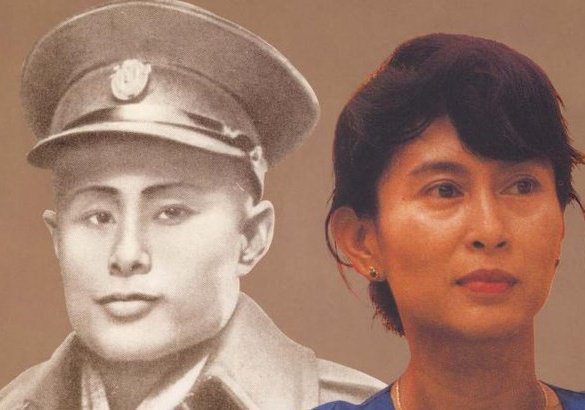
To know more: History of Burma
 |
|


